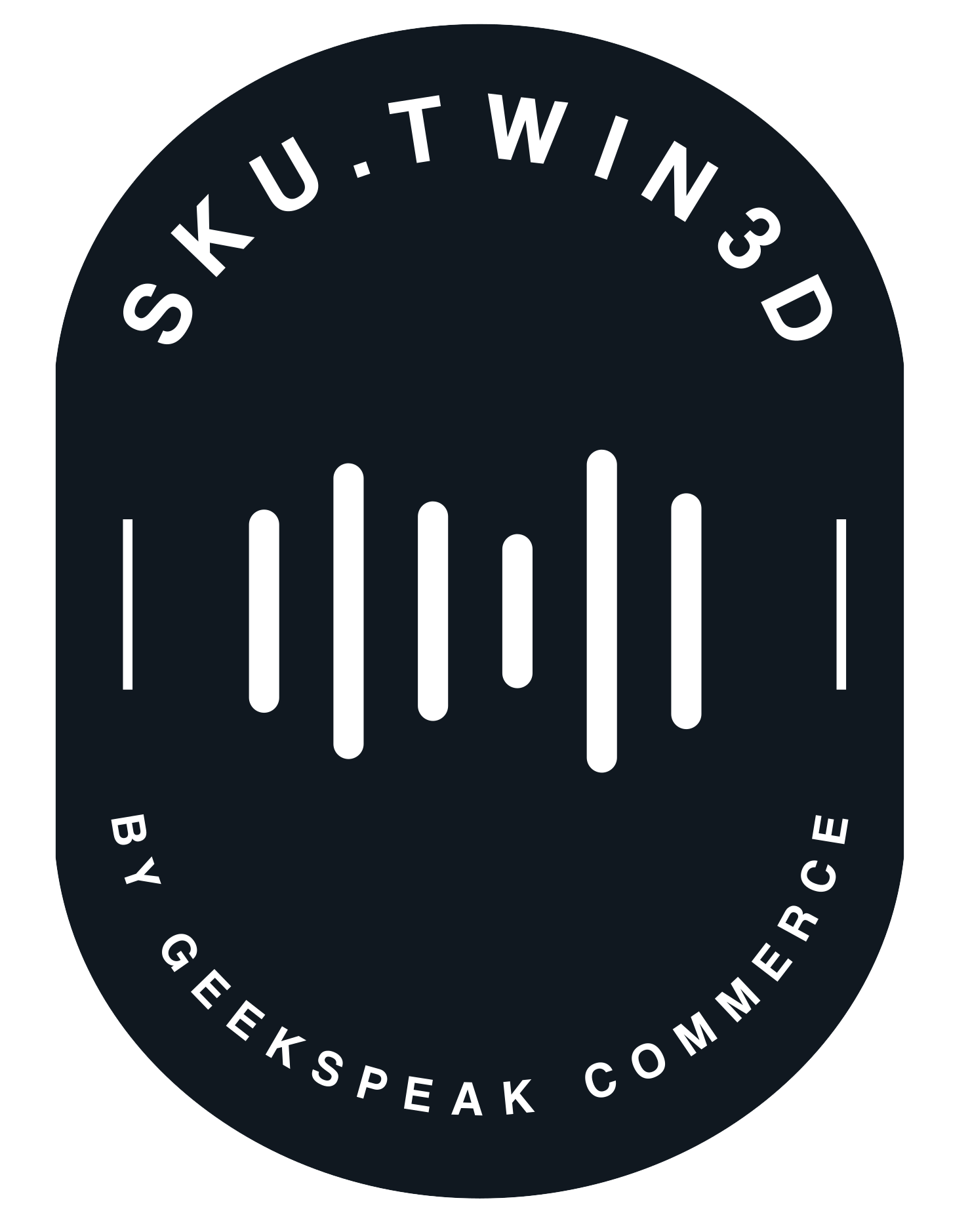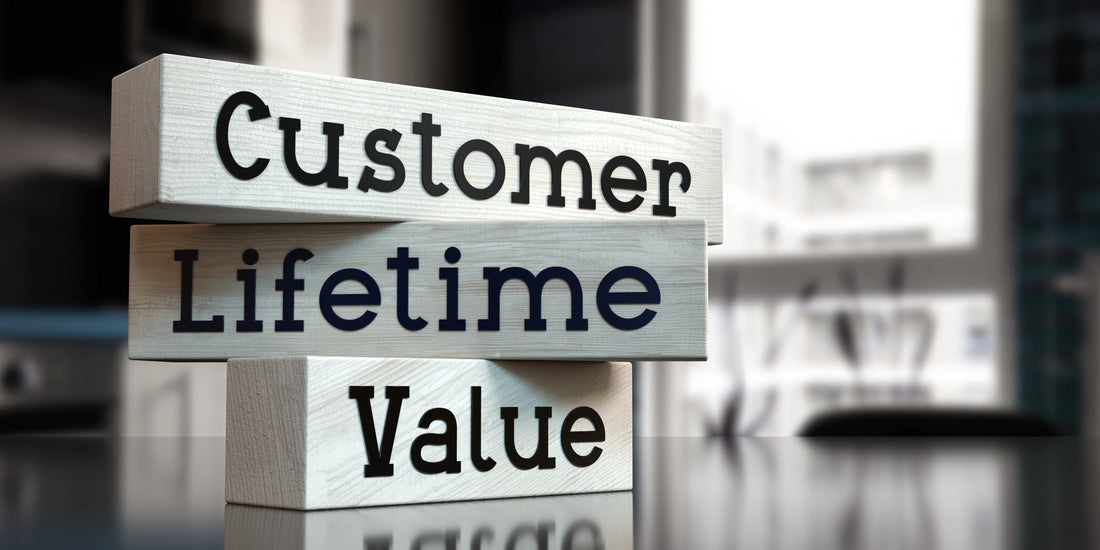Improving Customer Lifetime Value (CLV) with AR and 3D Modeling in CPG
In the dynamic and evolving realm of Consumer Packaged Goods (CPG), establishing a lasting bond with consumers is paramount. Building that bond is about more than just initial attraction; it’s about fostering enduring relationships that enhance the Customer Lifetime Value (CLV). With the rise of Augmented Reality (AR) and 3D Modeling, CPG brands have innovative tools at their disposal to redefine and strengthen this bond. Let's explore how these technologies can amplify the CLV in the CPG sector.
1. Boosting Product Interactivity:
3D modeling enables brands to present their products in a format that consumers can interact with virtually. Whether it's rotating a new health drink bottle or zooming into the intricate details of a packaged snack, this degree of interaction fosters deeper product understanding and appreciation, potentially leading to repeated purchases.
2. Elevating the Shopping Experience with AR:
Imagine pointing your smartphone at a shelf in a supermarket and instantly getting reviews, recipes, or even virtual taste tests. AR enhances the physical shopping experience, making it informative and fun. An immersive experience can not only influence the immediate purchase but can also encourage repeat visits and brand loyalty.
3. Personalization Through AR:
Personalization plays a pivotal role in enhancing CLV. AR can provide personalized recommendations, tutorial videos, or usage tips based on the user's preferences and purchase history. A cereal brand, for instance, could suggest tailored breakfast recipes through an AR experience, adding value to the customer's purchase and lifestyle.
4. Boosting Brand Recall:
A captivating AR experience or a detailed 3D model can leave a lasting impression. Such memorable interactions increase the chances of the brand being top-of-mind during future purchases, organically increasing the CLV.
5. Reducing Product Returns:
3D modeling and AR can offer detailed product previews, allowing consumers to virtually 'experience' the product before making a purchase. This can significantly reduce mismatches between expectations and reality, thereby decreasing product returns and associated costs, ensuring that a customer’s lifetime journey isn’t cut short.
6. Enhancing Brand Engagement:
AR campaigns can drive engagement like no other. From AR games that revolve around a product to interactive challenges that offer rewards, these engagements can drive repeat purchases and foster community among users, thus elevating the CLV.
7. Streamlining Product Education:
For CPG items that require assembly or specific usage instructions (like certain electronics or DIY kits), 3D models and AR can offer interactive guides. Instead of reading a manual, users can engage with a step-by-step AR tutorial, ensuring proper usage and satisfaction, leading to positive word-of-mouth and repeat purchases.
8. Collecting Data for Future Strategies:
Interactions with AR apps and 3D models provide valuable insights into user behavior. This data can be used to refine marketing strategies, optimize product features, and offer targeted promotions, ensuring that the customer feels valued and understood.
In an age where experiences often drive purchasing decisions, AR and 3D modeling emerge as game-changers for the CPG industry. By offering immersive, interactive, and personalized experiences, these technologies not only enhance the immediate sale but also nurture a long-lasting relationship with the consumer, propelling the Customer Lifetime Value to new heights.
Read more about the impact of 3D modeling in ecommerce here.

